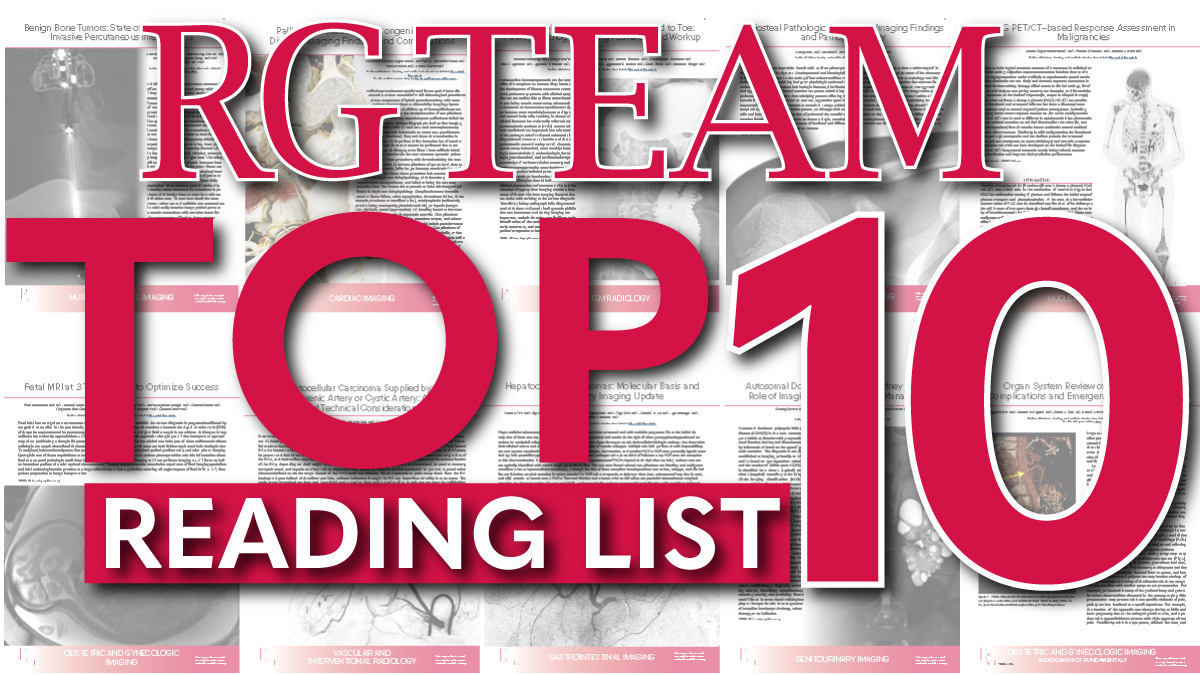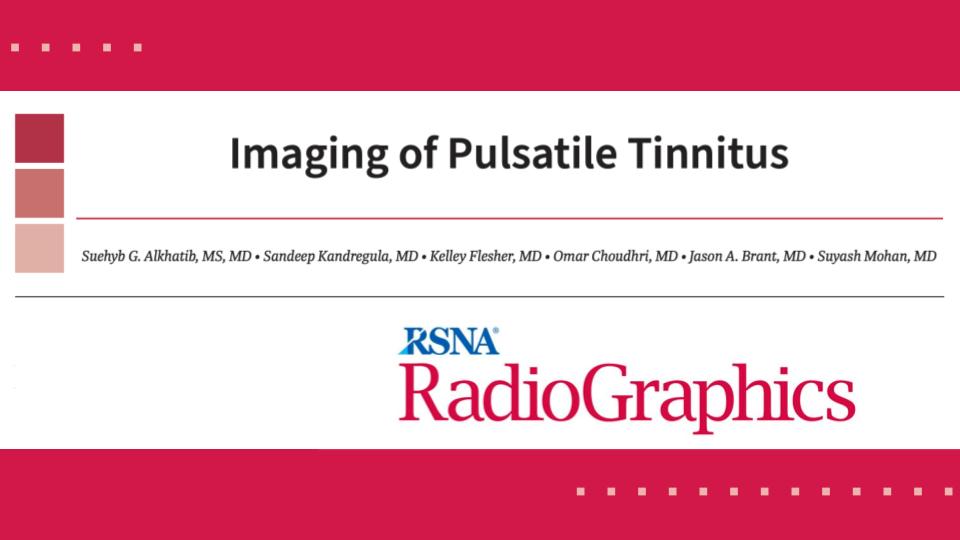
RadioGraphics_Editor
@radg_editor
Diagnostic radiology education & insights from the @RadioGraphics Social Media & Digital Innovation Team, in collaboration with Cooky O. Menias, MD; Editor.
ID: 1352741361972342786
22-01-2021 22:14:39
843 Tweet
3,3K Followers
307 Following

The latest issue of RadioGraphics is now available! Check out the October issue here. bit.ly/NewRadG #RGphx #RadCME #RadRes RadioGraphics_Editor


Check out our newly updated Top 10 Reading List for trainees, with new 2024 articles added! Our curated lists are your go-to resource for staying up to date and making informed decisions. bit.ly/3pWStrF RadioGraphics_Editor #RGphx Cooky Menias


Pulsatile tinnitus can be tricky to pinpoint, but is a game-changing diagnosis for improving patients’ quality of life. Let’s see it on imaging! #RGphx Imaging of Pulsatile Tinnitus bit.ly/3M7SyjI Cooky Menias RadioGraphics_Editor RadioGraphics Penn Radiology Penn Neurosurgery Penn Otorhinolaryngology


Want to learn more about TMJ joint anatomy and pathology? Take a lookat this tweetorial👇 #RGphx Unlocking the Temporomandibular Joint: CT, MRI and Arthroscopic Correlation bit.ly/4dTMcQA Cooky Menias RadioGraphics RadioGraphics_Editor 1/11








